Does community-driven art lose relevance once relocated? Find out at a two-month exhibit in Colaba that brings traces from a historic Kolkata neighourhood
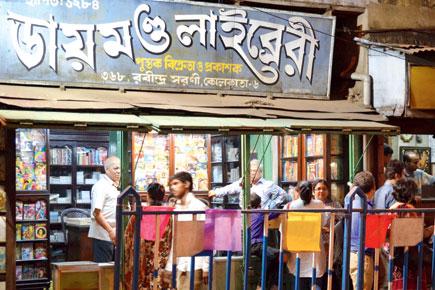
A part of the Chitpur Local project was reactivation of Diamond Library, a 139-year-old publishing house in the neighbourhood, which is a repository of more than 100-year-old manuscripts of Jatra, a form of Bengali travelling folk theatre
![]() Starting today, till July, if you drop by Mumbai Art Room in Colaba, you'll find yourself surrounded by artefacts, images, books, videos, recordings and other mixed media works that bring alive the sights and sounds of Chitpur, a historic neighbourhood in Kolkata.
Starting today, till July, if you drop by Mumbai Art Room in Colaba, you'll find yourself surrounded by artefacts, images, books, videos, recordings and other mixed media works that bring alive the sights and sounds of Chitpur, a historic neighbourhood in Kolkata.
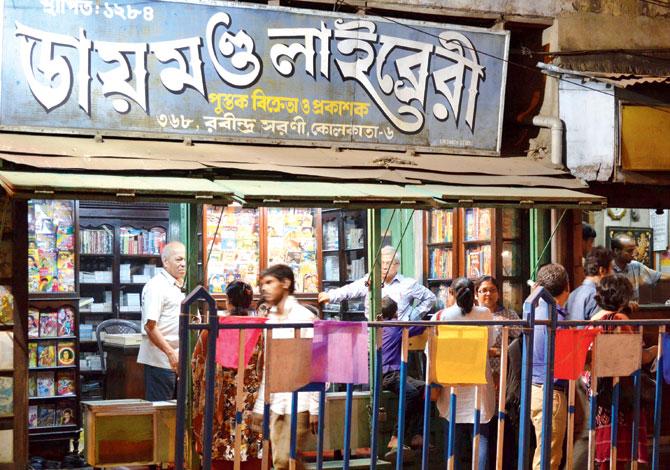
A part of the Chitpur Local project was reactivation of Diamond Library, a 139-year-old publishing house in the neighbourhood, which is a repository of more than 100-year-old manuscripts of Jatra, a form of Bengali travelling folk theatre
ADVERTISEMENT
Titled Chitpur (dis) Local, the exhibition brings to the city, traces of an ongoing social art project, Chitpur Local, initiated in November 2013 by Kolkata-based artist collective, Hamdasti (Persian: partnership).
The experimental street project, which led to a public art festival in early 2015, was initiated by four artists from Hamdasti — Manas Acharya, Nilanjan Das, Sumona Chakravarty and Varshita Khaitan — in collaboration with more than 30 people from the local community, including shop owners, students and residents of Battola (or Jatrapara) on Chitpur road, one of the oldest in Kolkata.
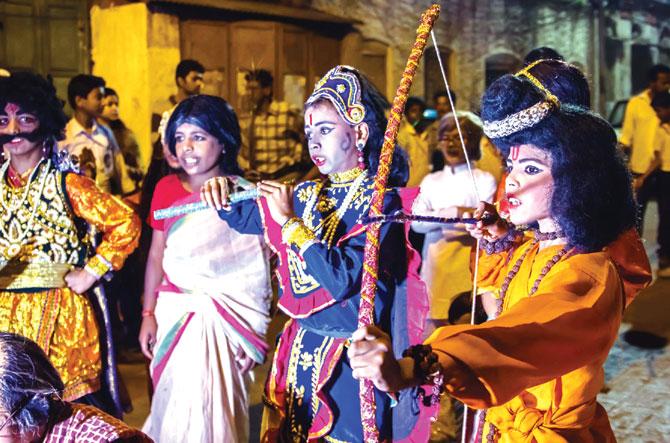
A Jatra performance by students of The Oriental Seminary, one of the oldest schools in Kolkata
The road has now been renamed as Rabindra Sarani after its most famous resident, Rabind-ranath Tagore. "The exhibition explores whether art loses relevance if shifted from its original site. We believe that art should be able to engage with the audience and begin new conversations; else, it will remain a redundant archive. Instead of recreating the fest in Mumbai, we have brought those aspects which are more relevant to the city," informs the 29-year-old artist.
Chitpur in context
In pre-Independent India, Chitpur was known as the colonial 'black town', populated by Indians, in north Kolkata, as opposed to the British white town on the other side. Supported by prominent Bengali families living on either side of the arterial stretch, the neighbourhood transformed into a commercial hub for popular traditions like Jatra (travelling Folk theatre), printmaking, publishing, jewellery-making and bamboo crafts. The private courtyards, bookshops and rowaks (public street corner platforms) turned into shared spaces. However, with time and movement, the road began to lose its sheen and some of its traditions too.
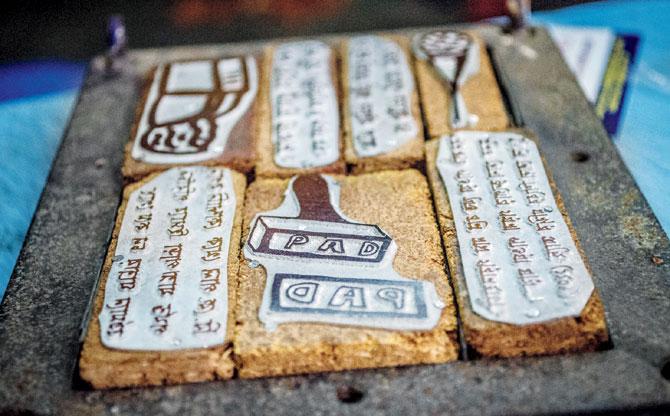
Stamps created by local craftsmen for the public memory card game
"You'll find the street lined with Jatra posters as there are many booking offices. But those who live around have no connection with them since the artists are scattered across the city. The bylanes also house jewellery makers and bamboo craftsmen but it's no longer the hub," she informs.
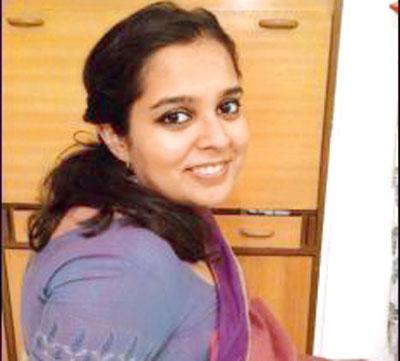
Sumona Chakravarty
Bring in the local
Through the project, the participants developed a pop-up museum and a public memory card game to reactivate some of the dying traditions and shared spaces. "The students of the Oriental Seminary school mapped the neighbourhood and identified shop owners and residents to discover the history of the area.
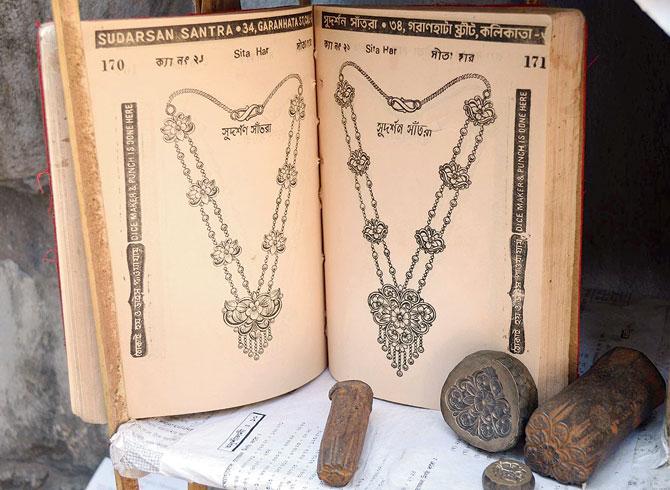
Jewellery design books along with moulds, which were part of the pop-up museum
Each of them contributed objects that they believed represented Chitpur. These included old wooden print blocks, jewellery design books, Jatra costumes, old camera negatives used for etching on metal and antiques," says Chakravarty, who has incorporated some elements for the exhibit, along with sound recordings of locals, cherishing Chitpur's history.
For the public memory card game, school students collaborated with woodblock and stampmakers to create symbols representing the locality. "The audience had to match them with photographs of the places," she says. Hamdasti also plans to host a series of events themed around questions of social art practice in Mumbai neighbourhoods, building new partnerships with the city to stay true to its Persian name.
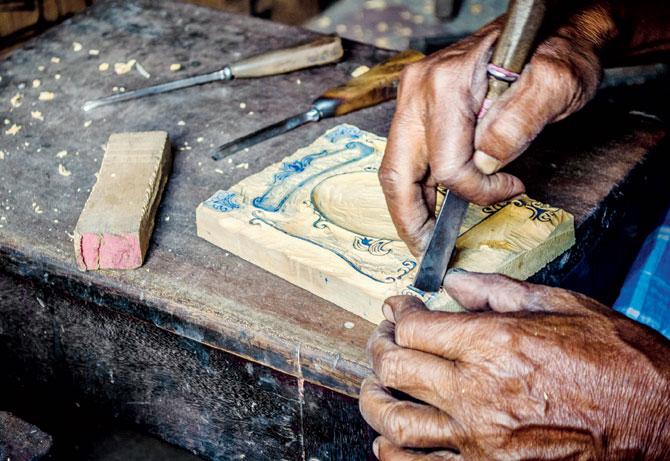
A craftsman showcases the art of woodcutting to create printing blocks, a practice traditionally associated with the historical neighbourhood

Manas Acharya, Varshita Khaitan , Nilanjan Das
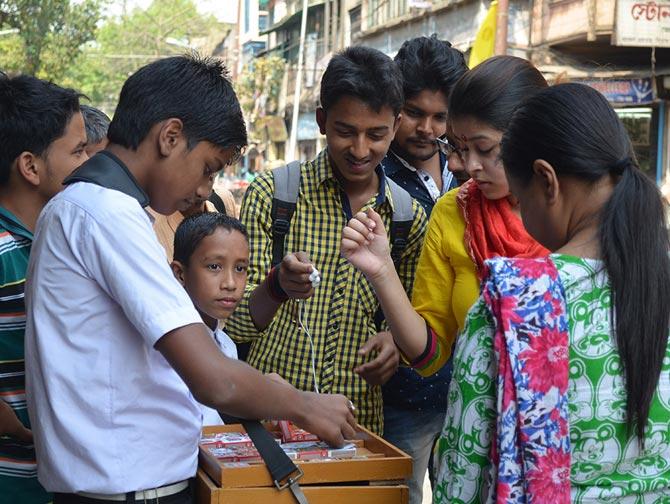
School students hawk stories with the storybox as part of The Diamond Library Project
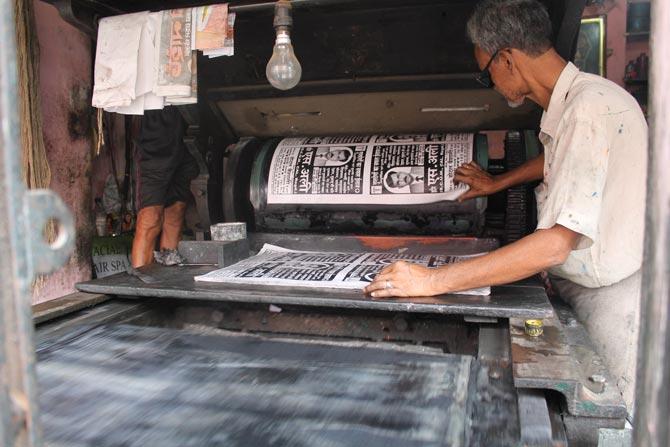
A printmaker prints a typical poster at a Lithography press in Chitpur
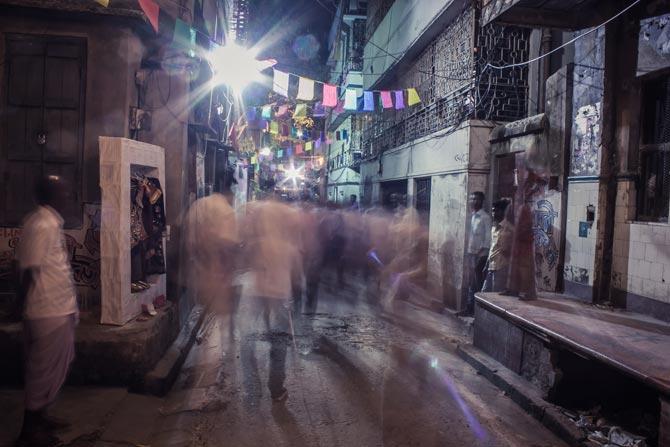
Celebrating the neighbourhood during the Chitpur Local Festival in March last year
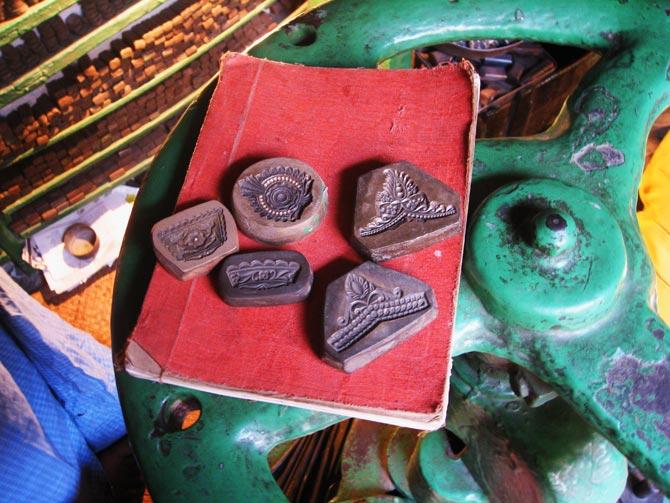
Jewellery moulds commonly found in Garanhatta Lane in Chitpur
Till July 23, 11 am to 7 pm (Tuesday to Saturday) AT Mumbai Art Room, Pipewala Building, Fourth Pasta Lane, Colaba.
 Subscribe today by clicking the link and stay updated with the latest news!" Click here!
Subscribe today by clicking the link and stay updated with the latest news!" Click here!







